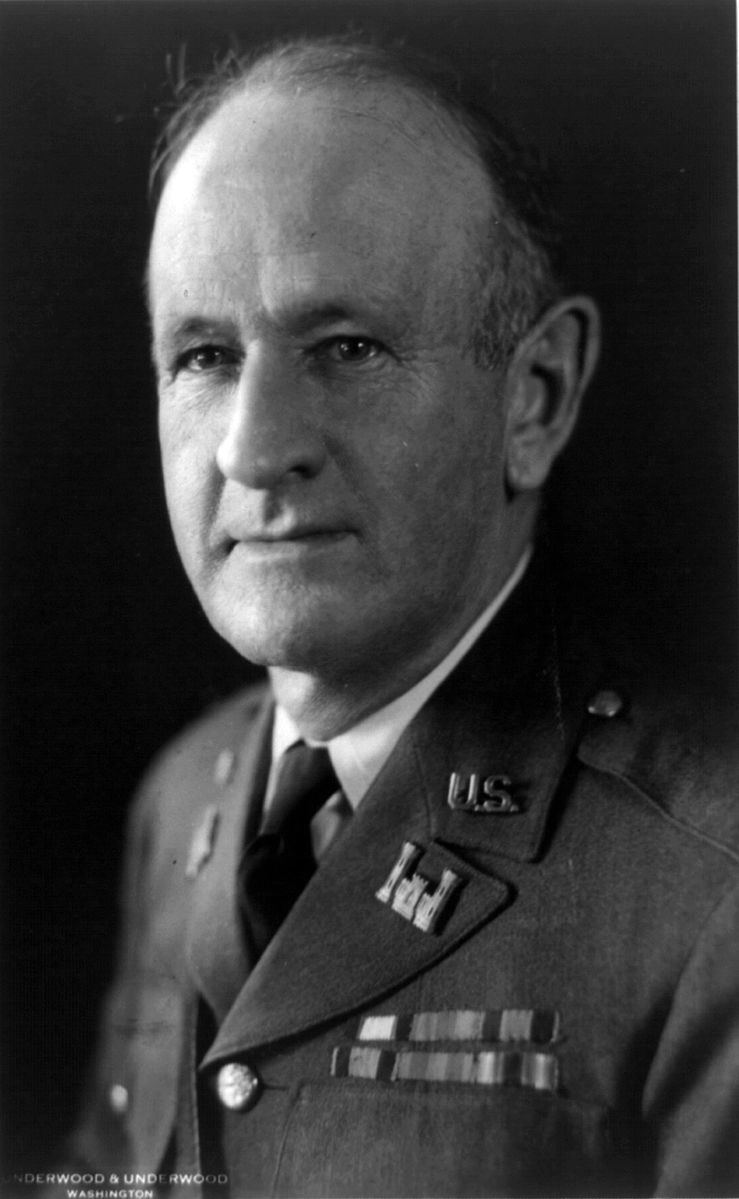Years of service 1898–36 | Name Lytle Brown | |
 | ||
Born November 22, 1872Nashville, Tennessee ( 1872-11-22 ) Commands held 2d Battalion of EngineersChief of EngineersPanama Canal Department Battles and wars Spanish–American War, Pancho Villa Expedition | ||
Lytle Brown (November 22, 1872 – May 3, 1951) was a U.S. Army officer who fought in the Spanish–American War and participated in the Mexican Expedition of 1916. Brown later served as Chief of Engineers from 1929 to 1933.
Contents
Early life
Born November 22, 1872, in Nashville, Tennessee, graduated fourth in the United States Military Academy (West Point) class of 1898 and was commissioned a second lieutenant in the Corps of Engineers.
Military career
Brown served with engineer troops in Cuba in 1898 at the Battle of San Juan Hill and the siege of Santiago before being made Engineer of the Department of Northern Luzon in the Philippine Islands in 1900. After completing his tour in the Philippines, he served an instructor at West Point from 1903–1907. Brown oversaw river improvement projects in 1908–12 as Louisville District Engineer.
While commanding a battalion of engineers at Fort Leavenworth, Kansas in 1911, General Brown made Douglas MacArthur, future General of the Army, his Adjutant. When General MacArthur was Chief of Staff, he placed Brown in charge of the Panama Canal district. Brown commanded the 2d Battalion of Engineers and served as engineer of Pershing's 1916 punitive expedition into Mexico. In 1917, he was promoted to colonel, and then in 1918 to the rank of wartime brigadier. Brown headed the War Plans Division of the War Department General Staff from May 1918 to June 1919, addressing important Army policy issues during and immediately after World War I, and was awarded a Distinguished Service Medal.
Brown oversaw construction work at the Wilson Dam hydroelectric project in 1919–20. He was assistant commandant of the Army War College and a brigade commander in the Canal Zone before becoming Chief of Engineers, from 1929–1933. He concluded his military career as commander of the Panama Canal Department (1935–36). General Brown retired November 30, 1936.
Awards
In politics
In Huey Long's posthumous book, My First Days in the White House, Brown was to have been his nominee to be Secretary of the Interior.
During his retirement, he was active as a member of the National Capital Planning Commission.
Death and legacy
Brown died in Nashville, Tennessee, on May 3, 1951, at the age of 78. He was buried in the Mount Olivet Cemetery.
